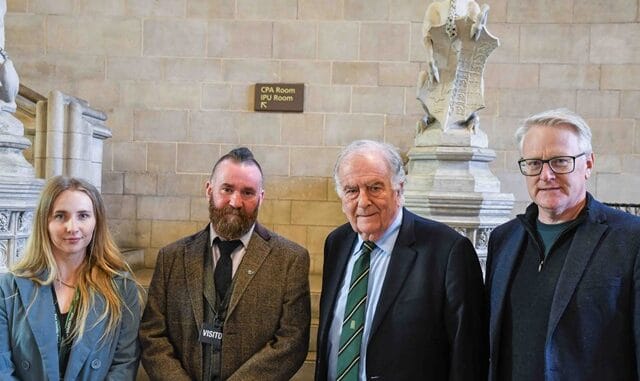
North Thanet MP Sir Roger Gale has slammed National Grid’s Sea Link proposal saying the fight against it should be taken to judicial review.
The National Grid Sea Link project would mean 9 hectares of land taken up by an onshore converter station and sub-station at Minster marshes in the Stour Valley.
The Sea Link project involves creating a subsea electricity cable between Suffolk and Kent which National Grid says will help deliver the UK’s energy security strategy and net zero targets.
The proposals outline a preferred route of 10km of onshore and 140km of undersea cables, together with potential landfall and converter station locations at Friston substation in Suffolk and at Richborough.

National Grid’s preferred route runs from a landfall in Pegwell Bay to a proposed converter station site and high voltage pylons over the land to the south of Minster.
The cable is planned through the protected area of Margate Long Sands Special Area of Conservation (SAC).
The proposed route for overhead cables and converter and substation will directly impact Sandwich Bay and Hacklinge Marshes SSSI, Ash Level and South Richborough Pasture Local Wildlife Site (LWS) and Woods and Grassland Minster Marshes LWS.
The proposals, first made public in 2022, have provoked a backlash with Kent Wildlife Trust launching a Rethink Sea Link campaign.
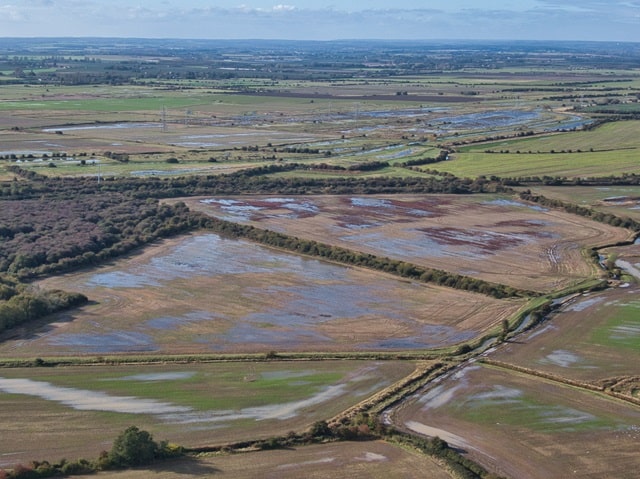
RSPB, Bird Wise East Kent, CPRE Kent and Save Minster Marshes have joined that campaign over fears the installation of an electricity cable between Kent and Suffolk will significantly impact wildlife at the internationally important Pegwell Bay Nature Reserve and surrounding wildlife sites such as Minster Marshes. The groups all say they support renewable energy, but not at the cost to wildlife. MP Sir Roger has added his support to the campaign.
Sir Roger has aired his views while speaking to presenter Rob Smith as part of Kent Wildlife Trust’s “Talk on the Wild Side” podcast, released today (March 29). It was recorded when members of the trust’s group, calling on National Grid to “Rethink Sea Link” took their campaign to parliament earlier this month.
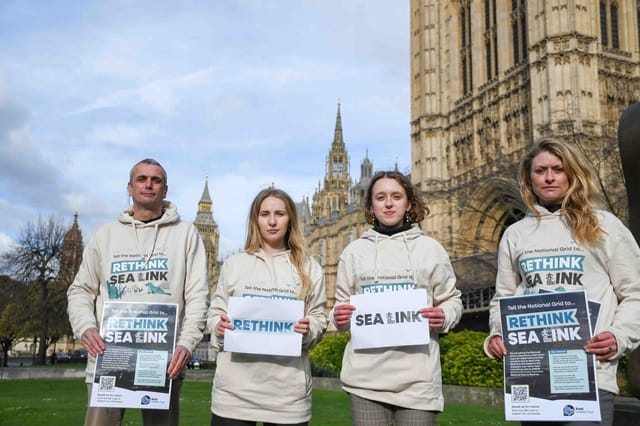
Speaking from Westminster, the MP said: “I think the prospect of dozens of acres of land being taken to build a converter station that is the size of at least two football pitches and 90ft high is quite appalling.
“On that landscape, it will stick out like a sore thumb. It will be absolutely hideous. The cables that flow from that up towards Canterbury will provide an additional wildlife hazard for birds, additional to the line of cables that’s already there and has already done damage. And it just is unthinkable to anybody with half an eye on the environment and half a care about nature.
“But it seems to me that they’re blundering ahead because they know best. Well, I’m sorry, they don’t know best. And our children and our grandchildren are going to pay the most terrible price for very short termism.”
National Grid says there are plans to mitigate the impacts on wildlife but campaigners say the multi-million-pound company has failed to mitigate previous developments at Pegwell Bay, causing damage to the salt marsh in 2018 when installing the Nemolink cable.
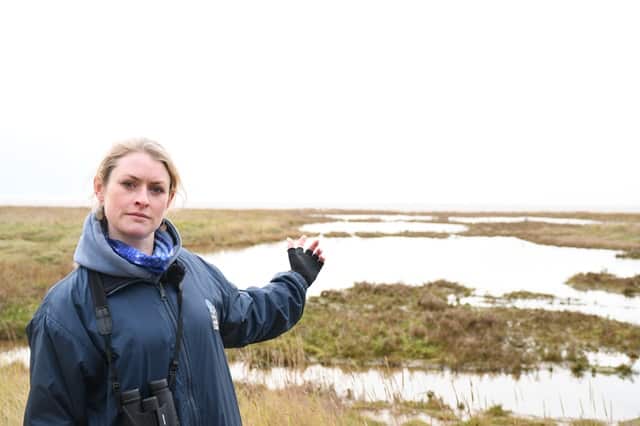
Sir Roger said other options, such as using land at Kingsnorth, have not been considered enough. He said: “They say they’ve looked at alternatives. Well, they may have looked at them, but they haven’t looked at them or studied them thoroughly, in my view.
“In this case, Kingsnorth is an obvious option. The Dutch offshore their infrastructure for projects such as this and do it very successfully. If the Dutch can do it, we can do it.”
The MP, who is the only parliamentary holder of the RSPCA’s Richard Martin award, has attempted to raise the matter with Secretary of State for Energy Security and Net Zero Claire Coutinho but says she refused to take his call.
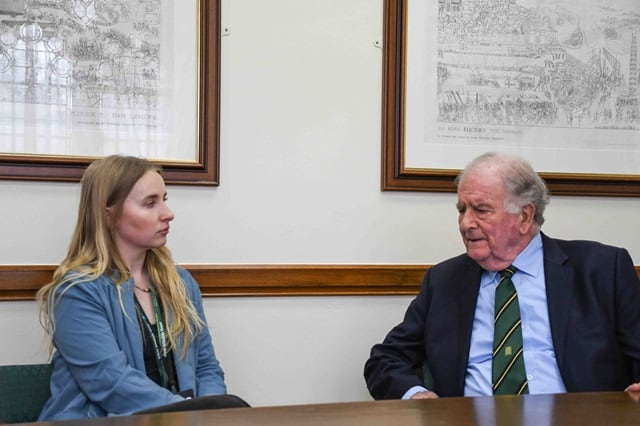
He says the matter should be taken to judicial review if approved, adding: “We can stick a spoke in the front wheel of the national grid. I think we have to be prepared to take this, if necessary, to judicial review. I think National Grid has to understand that it will be held to account, every step of the way, and that we will fight this to the last ditch.
“In this case, almost literally, because if we don’t, we’re failing our future generations. We’re custodians. We don’t own this land. We’re caretakers. We have to preserve it for the future. And I don’t think that doing that and providing power to keep the lights on is incompatible.
“I’m sure it can be done, and we have to find the right way of doing it. Not the cheapest, nastiest way of doing it.”
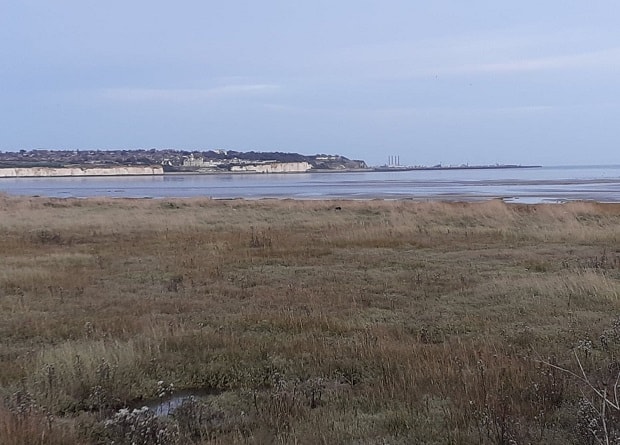
Rob Smith added: “I’ve been to Minster Marshes and Pegwell Bay to see the areas that would be affected by the Sealink project for myself, and the birdlife especially down there is incredible. The thought that it could be harmed by installing the new cables there is heartbreaking – especially as there do seem to be viable alternatives that would have far less impact on wildlife.”
Kent Wildlife Trusts Planning and Policy Officer, Emma Waller said: “We are hugely disappointed to see that nature is yet again not valued and are asking the National Grid to review the strategic alternative routes and their impacts on the environment to choose the least damaging route. In short, we want the National Grid to “Rethink Sea Link.”
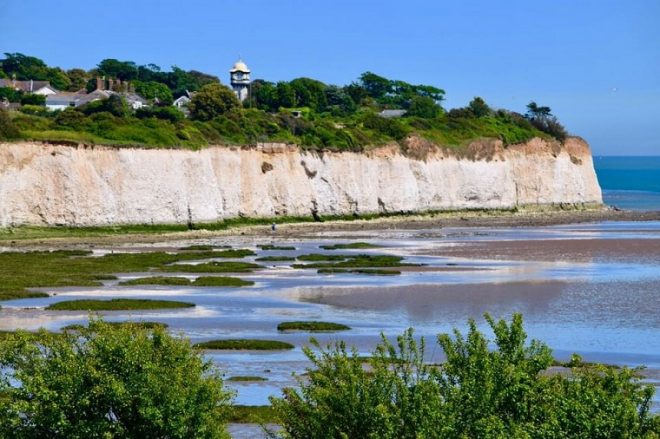
“We have already experienced the impacts of trenching at Pegwell Bay, when in 2018, the National Grid, in partnership with Belgian Elia Group, installed the Nemo Link electricity cable. Like Sea Link, trenchless techniques were the preferred method of installation, however, commitments were reneged, and open-cut trenching techniques were used, resulting in irreparable damage to the salt marsh and marine habitats. We are concerned that the mistakes of the past will be repeated.”
David Mairs, of CPRE Kent, the countryside charity, said: “This project is about National Grid making money – end of story. It is difficult to avoid the conclusion that Richborough site has been selected simply because it is so close to Europe and facilitates it selling energy at substantial profit to our near-neighbours across the Channel.
“It’s a commercial world – we understand that – but surely we should be entitled to greater respect for our rural landscape and environment.”
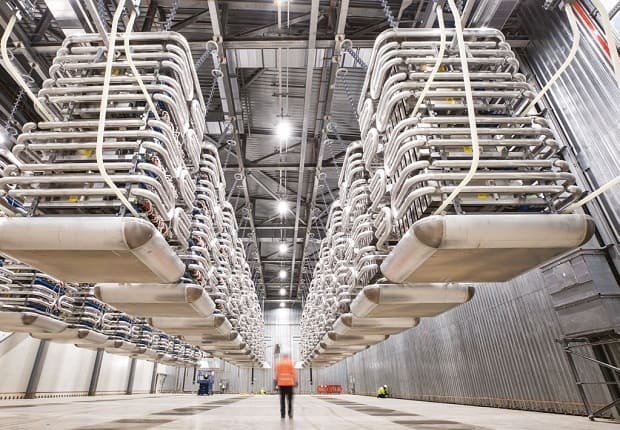
National Grid says it is necessary to carry out works to upgrade the network. The firm says: “We are at the initial development stage of our Sea Link project which seeks to reinforce and strengthen the network between Friston in Suffolk and Richborough in Kent to carry renewable and low carbon power to homes and businesses.
“We developed much of the existing network in East Anglia and Kent in the 1960s and it does not have sufficient capacity to carry future renewable and low carbon power that’s forecasted to connect to the network – from offshore wind, interconnectors and nuclear power.
“We need to upgrade the electricity network to carry this extra power.”
The Sea Link project needs to obtain a development consent order (DCO) via an application to the Planning Inspectorate.
The Secretary of State is expected to make a decision in 2025 with construction then taking place, if granted, between 2026 and 2030.
For those interested in the full interview with Sir Roger, head on over to Kent Wildlife Trust’s website and download “Talk on the Wild Side.”

